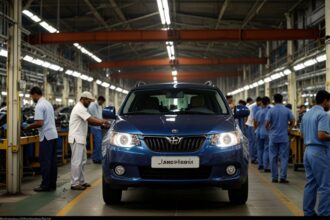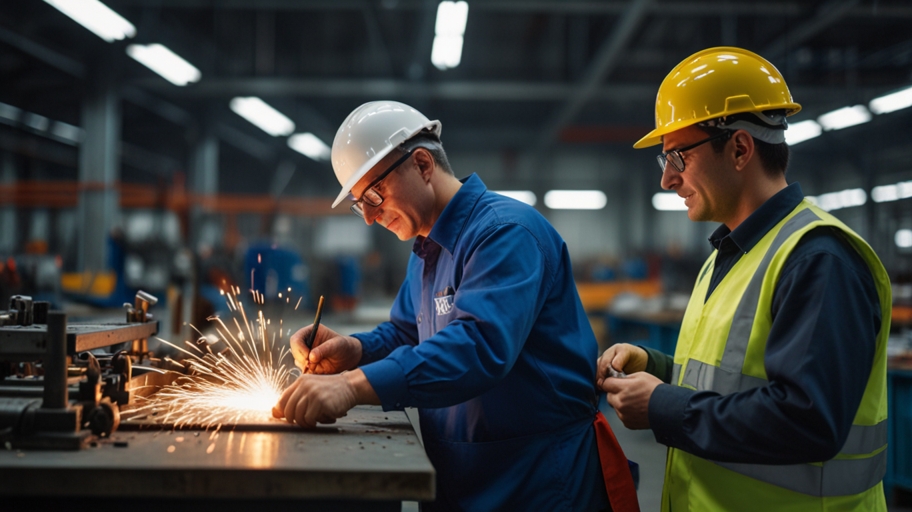IIoT, or the Industrial Internet of Things, is changing rapidly, presenting new opportunities along with problems for industrial organizations all over the world. A recent survey of 446 IIoT professionals reveals key trends and insights shaping the industry in 2025. Companies in manufacturing, energy, logistics, and transportation are more and more willing to integrate AI-driven automation, predictive analytics, and real-time data processing to become more efficient and thus improve their operations.
2025 will be primarily IIoT In 2025, the focus will be outrunning problems such as scalability, integration complexity, and ROI uncertainty. According to the study, executive buy-in and cross-functional collaboration are the key elements for the successful implementation of IIoT initiatives. The companies are preparing to such an extent as they are ready to pinpoint the IIoT investment by creating a strong set of key performance indicators (KPIs) that can be used to measure success and ensure real business results.
In the Industrial IoT ecosystems, Artificial Intelligence is starting to take on a bigger and bigger role. Businesses are going to be using AI in their systems to take care of things such as predictive maintenance, process optimization, and automation. This blend of AI is supposed to lead to a great improvement in different industrial operations and make decision-making more effective.
Data integration and Unified Namespace (UNS), which are on the rise, are necessary for the real-time industrial data unification and decision-making are becoming necessary for organizations. UNS is one of the new technologies that are not yet fully available but the companies are integrating and consequently making their data management and operational visibility more effective.
Different companies have chosen solutions that can be scaled and used securely in the IIoT space, as it becomes more dynamic. To address the rising complexity of industrial systems, and to ensure that there will be strong cybersecurity measures in place it is paramount for systems to be designed and implemented properly.





